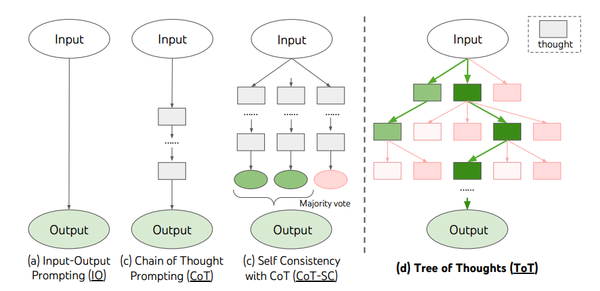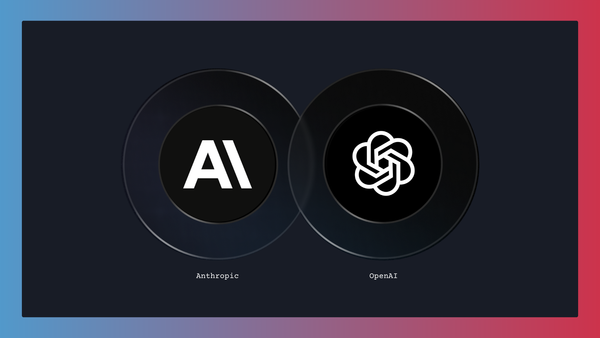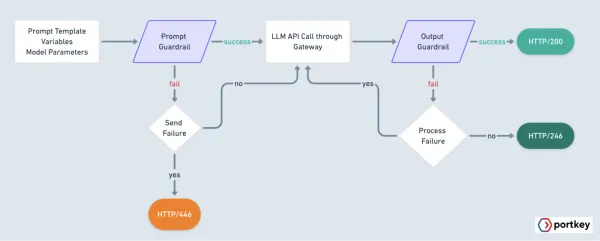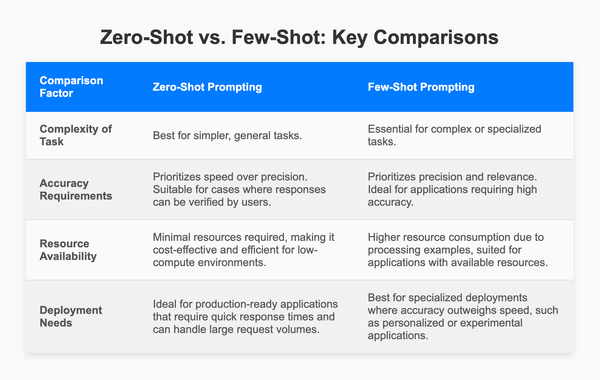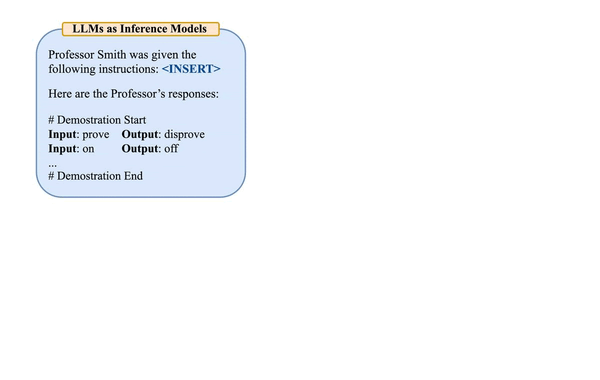prompt engineering
Delimiters in Prompt Engineering
Learn how to use delimiters in prompt engineering to improve AI responses. This blog explains delimiter types, best practices, and practical examples for developers working with large language models

